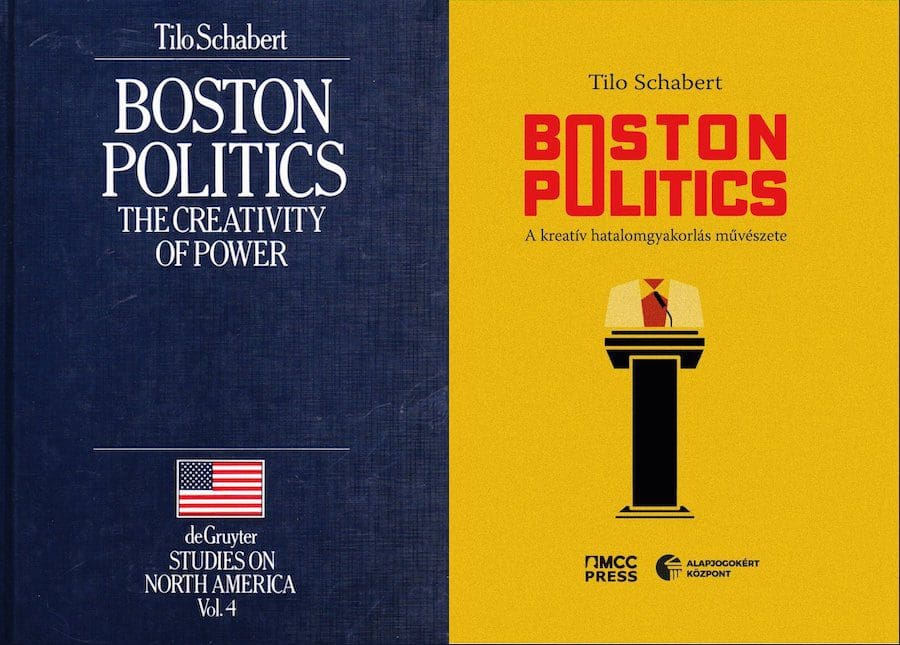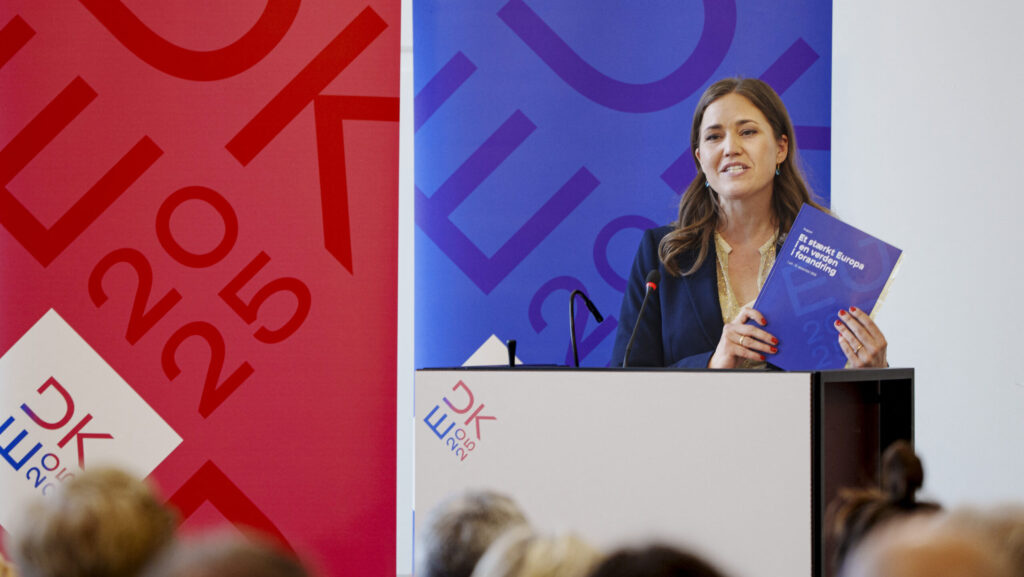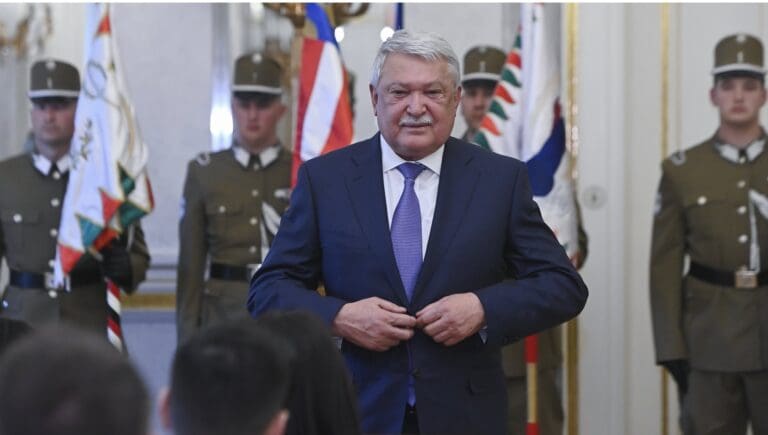What has a Democrat mayor of Boston got to do with Viktor Orbán and the—for now—unbeatable conservative Fidesz of Hungary? In the late 1950s, Boston’s fate seemed to be sealed: the city was in decline. Thirty years later, however, the city was shining and thriving. This was due in no small part to Democratic Mayor Kevin H. White, who led the city for sixteen years from 1968 to 1983. In his book Boston Politics, a kreatív hatalomgyakorlás művészete (Boston Politics – The Art of Creative Power), recently published in Hungarian by MCC Press, German historian and political scientist Tilo Schabert studied White’s leadership and described the workings and practices of ‘creative politics’ that many readers will find have quite a few similarities to Orbán’s governance.
In the book Schabert attempts to lay down a new political paradigm. In his analysis he reveals the conscious public affairs work and the artful thematizing of public discourse that paved the way for the mayor to become a successful politician. Schabert offers a precise portrayal of Boston City Hall that also provides insight into the motivations of a modern political leader. Although the book focuses specifically on the intrigues of Boston City Hall, it also offers universal lessons for politics and political science. Schabert does not put forward a set of formulae or models for political actors but rather offers general, philosophical conclusions about the workings and nature of politics.
The book is an attempt at developing a general idea of how political power can or should be used ‘creatively’.
One of the terms applied by the author is ‘the classicism of politics,’ a classical paradigm of creative politics that he tries to put into a general framework. In fact, if the reader looks at the footnotes, they will see many references to similar phenomena and similar modes of governance in other countries: ancient Rome and 18th century England are given as comparisons, for instance.
The general paradigm that Schabert describes in the book has obviously caught the attention of many here in Hungary. The analogy, of course, is inherently inaccurate, since European and American politics are hard to compare, and on the other hand, the powers of an American mayor and a Hungarian prime minister are different. But to cite an example, White made strong use of his power—he did not abuse it, he simply took advantage of all the opportunities that came his way. The mayor exercised his power of appointing secretaries hundreds of times, creating a complete ‘court’. Moreover, he expanded his power as much as possible. White obviously could not have achieved such power without a stable financial backing. He was able to distribute substantial amounts of federal funding to the city’s districts, NGOs and public institutions. He built a strong clientele of developers and entrepreneurs who were loyal to him and accepted him as their leader.
A good leader does not become a good leader by himself. White is also known to have studied the leadership style of Franklin Delano Roosevelt, for example, and drew on his example. By comparison, Orbán wrote his university thesis on the life and politics of Antonio Gramsci. A good politician comes to power with a ‘government of his friends’ already in his mind.
The book emphasizes the concept of ‘friends’, because when you want to run a government, you have to appoint people to key positions, who have to be people that you as a leader trust. A leader needs colleagues who are loyal to him, who have some affinity with his ideas, because it is them who will deliver his programme: they will be his friends and allies. It is perhaps not surprising that many of Orbán’s former fellow students or those who have been members of the Fidesz movement since their youth have also risen to high positions in today’s Hungary.
Schabert says that a creative politician keeps his government in a constant state of disarray, reorganizing it again and again.
Each combination of people and institutions is short-lived. In Boston, only the mayor knew the exact situation because he had organized it in such a way that it serve his short-term goals. Information about the situation in a given moment quickly became outdated and only those who were shuffling the cards were fully aware of it, while everyone else lived in limbo. This had two effects: firstly, it increased the power of the mayor, who became an inescapable factor at all levels. Secondly, whoever joined the system had to be aware of the mayor’s will and objectives, and try to act in accordance with them, knowing that their position was never stable and that if they made a mistake, they would be fired. It was a rule that combined ‘chaos with order, irregularity with continuity, flexibility with stability, and confusion with consistency,’ the author argues. And perhaps it is not surprising that Orbán himself regularly reshuffles his governments, with familiar faces always turning up in different places.
The similarities (or differences) between White’s and Orban’s policies could be enumerated at length, but others could also be put on the list, such as FDR or François Mitterrand. Ultimately, of course, each politician is different, their administrations or mayoral terms are not identical. Orbán obviously didn’t learn politics from Schabert’s book, nor is it Fidesz’s ‘bible’ of governance (as some have written). In any case, the similarities are sometimes striking, and the book is definitely recommended reading (in English or Hungarian) for those interested in ‘creative politics’.








